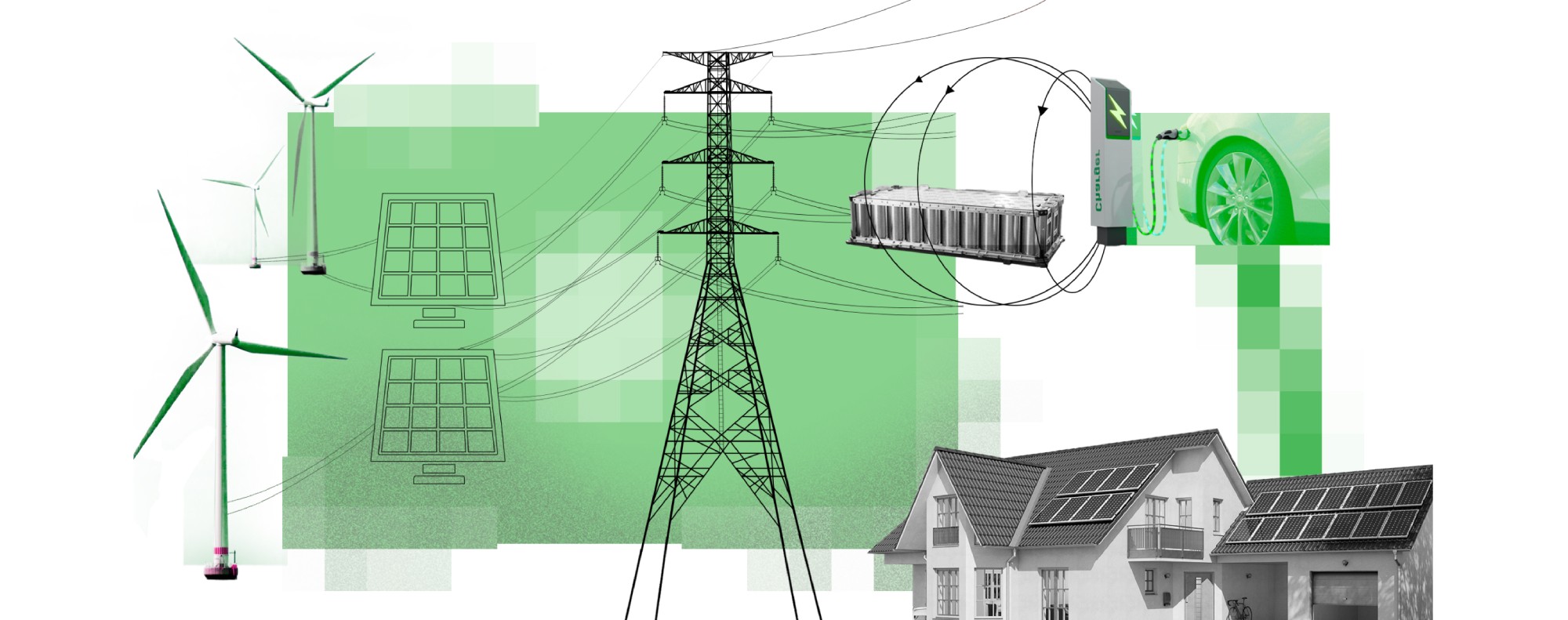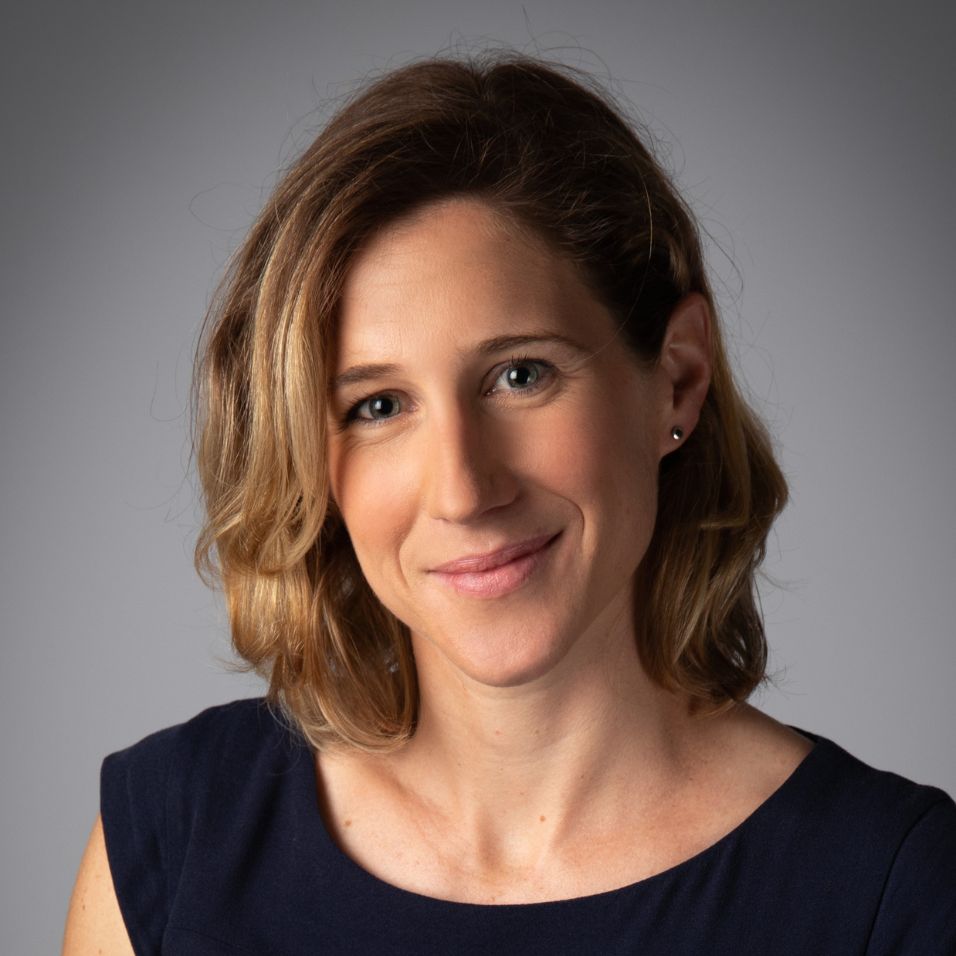Virtual power plants: The big move for electric generation
A new generation of distributed electricity resources (DERs) is gaining momentum as a way to solve the increasing demand for clean, renewable energy.
Advances in battery storage, EV and solar technology, coupled with the desire of utilities to expand renewable power, mean Virtual Power Plants (VPP) are fast becoming a favored approach to meeting growing electricity demand and the need for more resilient power systems.
A VPP is both a technical and transactional platform connecting a vast number of diverse resources to deliver, in seconds, a megawatt-scale power response to an instruction, reducing complexity for grid operators. In addition to the technical aspects, it provides the transactional flow by remunerating each resource for its contribution to the final service receiving payment from the Transmission System Operator (TSO), Distribution Grid Operator (DSO) or power market upon the available opportunity. Revenue stacking is gaining importance in delivering value to the DERs owners.
Because a VPP can provide power by tapping into the Distributed Energy Resources (DERs)—building blocks of VPPs—it can quickly balance supply and demand, thus avoiding potential power outages and reducing energy costs to the end user. In recent years, VPPs have increasingly been implemented in residential and commercial buildings to attract new buyers and provide reliable, lower-cost electricity. Even consumers can join a VPP. As an example, last year, Tesla launched its new power utility provider service in Texas that lets Powerwall owners sell excess energy back to the grid.






